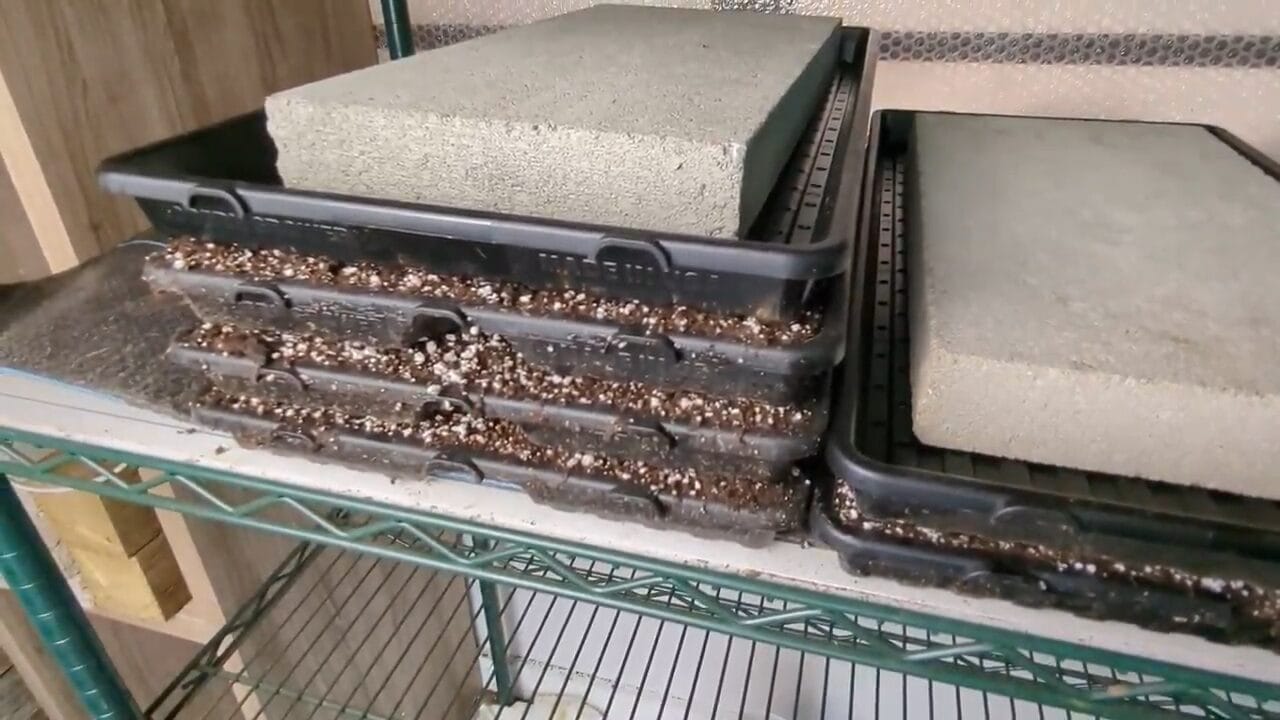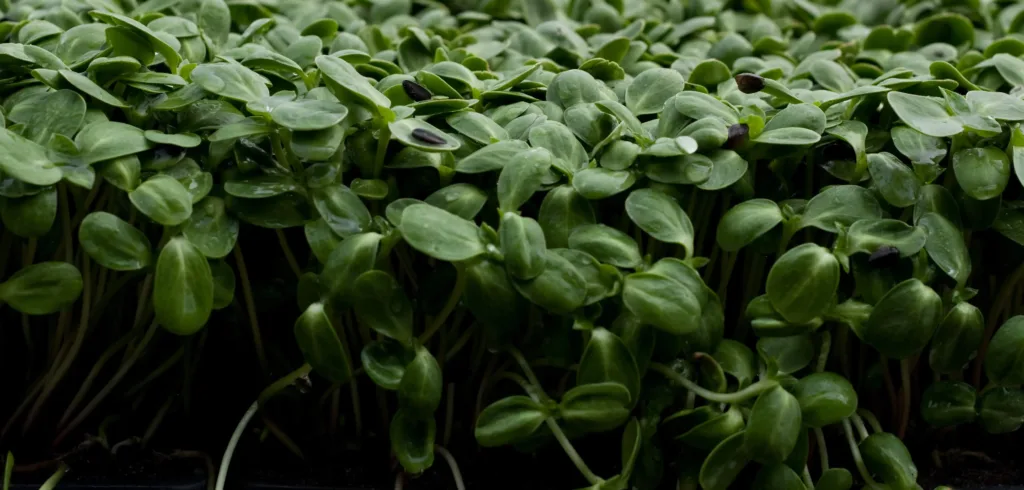
Indoor Home Production: From Basements to Bedrooms to Living Rooms
Introduction
For many aspiring growers, the easiest place to begin producing microgreens is indoors at home — especially during colder seasons or in dense urban areas with limited outdoor space. Indoor home production can be as modest as a metal rack with a few lights in your basement, living room, or spare room. Home is where many growers first get their hands dirty, and it offers a relatively low-cost, weather-independent way to get started. But it is not without its challenges and drawbacks.
The most obvious advantage of growing indoors at home is the high level of environmental control. Inside your home spaces, you’re shielded from wind, pests, rain, and dramatic temperature swings. You can fine-tune lighting schedules, maintain consistent warmth, and optimize airflow — all crucial factors in successful microgreens production. Even without professional HVAC systems, something as basic as baseboard heating and a fan can create a stable microclimate for your trays.
Basic Set up
A basic indoor setup might include a tall wire shelving unit with two or three shelves. Each shelf is fitted with adjustable fluorescent or LED lights suspended just above the canopy of the crop. Many growers build a two-tier production system where one crop is growing above another — a harvested tray on top and a second tray below just finishing germination. Lights are typically suspended with strings or chains for easy adjustment as crops grow. Even modest systems can yield impressive results. In one such setup located in a living room, 18 trays harvested twice a week generated approximately $700 per week in sales.
Challenges of Home Commercial Microgreens Production
That said, there are some important limitations and caveats to consider. Indoor production may be convenient, but it can quickly interfere with your home life. Trays full of soil, standing water, and microgreens aren’t ideal roommates — especially in shared living spaces. Odors, humidity, and clutter can create tension if not well-managed. Moreover, home-based food production can run into regulatory issues. Many municipalities do not permit commercial food operations in residential spaces, particularly when it comes to health inspections or liability insurance. This doesn’t mean you can’t start at home, but you should be aware of the legal and logistical limitations from the outset.
Another critical consideration is infrastructure. While you can control climate indoors, you’re often limited in terms of water access, drainage, and airflow. Manual watering is usually necessary, which increases labor and requires extra attention to avoid spills and messes. Lighting must be carefully managed to ensure uniform growth across all trays. And because indoor systems often lack the airflow of outdoor or greenhouse systems, it’s crucial to monitor for mold, mildew, and other humidity-related problems.
For a deeper look into the challenges and considerations of running a microgreens business from your home, be sure to check out our related post: Is a Microgreens Business Right for Me? That article explores in detail how home production fits into the bigger picture of building a viable, approved, and scalable operation.
In Closing
Despite these trade-offs, indoor systems can be very productive, especially when used for prototyping. They allow you to trial new crops, refine your processes, and build early customer relationships — all from the comfort of home. However, they are typically not scalable beyond a certain point. Once you reach consistent weekly sales or build a strong local following, transitioning to a garage, warehouse, or purpose-built facility becomes essential for regulatory compliance and professional growth.
In short, growing microgreens indoors is an excellent place to start, but a difficult place to stay. Treat it as a stepping stone in your larger business journey. Start small, start simple — but plan for growth.

Leave a Reply